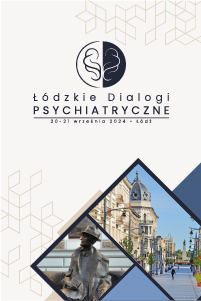Language deficits as a possible symptom of right hemisphere dysfunctions in Asperger’s syndrome
Anita Bryńska
 Affiliacja i adres do korespondencji
Affiliacja i adres do korespondencjiQualitative communication disorders belong to the key symptoms of pervasive developmental disorders (PDD). The severity of the symptoms of communication disorders varies depending on the type of PDD, from the lack of functional speech to overdeveloped verbal competencies measured by standardized scales. In Asperger’s syndrome (AS), observed language abnormalities include: pragmatics (application of language in social context), semantics (identifying different meanings of the same word) and prosody (rhythm, intonation and modulation of speech). In the case of AS, the difference between formal language skills, i.e. within morphological, phonological and syntactic functions, and semantic and pragmatic deficits is clearly noticeable and distinctive. This situation arouses some questions about neurobiological conditions of these deficits. The language functions are among the first functions for which locations in the brain have been established. Traditionally they have been ascribed to some regions in the left hemisphere; they undergo lateralization and are accomplished owing to the activity of the primary, secondary and tertiary regions of associative cortex. However, there is also quite a lot of evidence suggesting that the right hemisphere plays an important role in communication processes, especially in some aspects of pragmatics and discourse. The analysis of communication deficits observed in patients with acquired right hemisphere damages and patients with AS as well as abnormal patterns of hemispheric asymmetry in this group of patients, suggest that the right hemisphere is involved in aetiology of PDD.






















